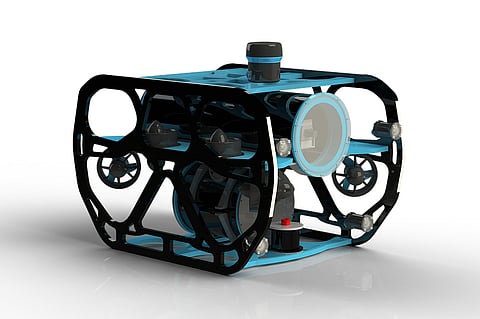

ClassNK has released its Guidelines for ROV/AUV, which summarises the performance and safety requirements for remotely operated underwater vehicles (ROVs) and autonomous underwater vehicles (AUVs) as part of its activities to meet industry needs related to the establishment of safety standards for innovative technologies and third-party certification.
Up until now, ROVs and AUVs have been mainly used for oceanographic surveys and offshore oil and gas field development, but in recent years their utilisation as a means for maintaining offshore wind power generation facilities and pipelines has been steadily increasing.
Although the utilisation of ROVs and AUVs is increasing worldwide, no international standardisation of such technologies has yet been implemented, and the utilisation of ROVs and AUVs has, for the most part, been limited to certain fields.
With this in mind, in order to contribute to the safe and effective use of ROVs/AUVs, ClassNK developed the guidelines that establish requirements related to the equipment and basic items that are generally required for the operation of these vehicles, as well as precautions and safety measures, based on knowledge obtained through demonstration experiments with experts and companies making advanced efforts.
The guidelines also explain related terms, classifications, and utilisation examples so that these can be used as introductory material on ROVs/AUVs. For implementing specific application cases of ROVs, these include the requirement for ROV service suppliers as well as the procedures in using at ship surveys such as in-water surveys, internal hull surveys of flooded compartments, and damage verification.
Appendices that contain excerpts of relevant rules and the results of demonstration experiments into the application of ROVs to ship surveys are also provided for supplementary purposes.
Recognising that the utilisation of ROVs/AUVs will be expanded in various fields, ClassNK will gather the opinions and feedback of the industry and continue to update the guidelines in order to meet the need for safety standards development and third-party certification.
The guidelines are available to download free of charge via ClassNK's website.
